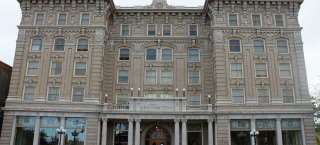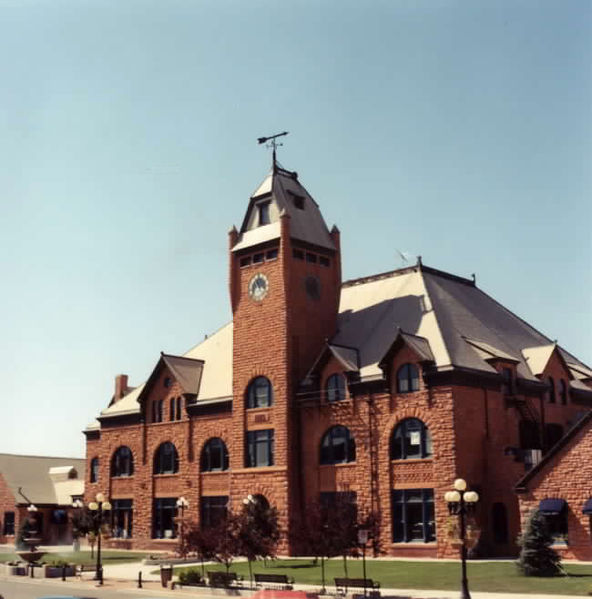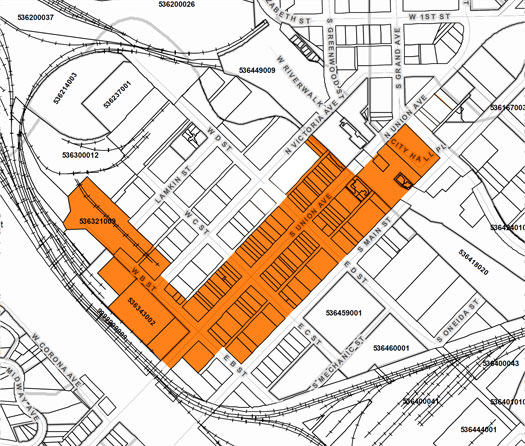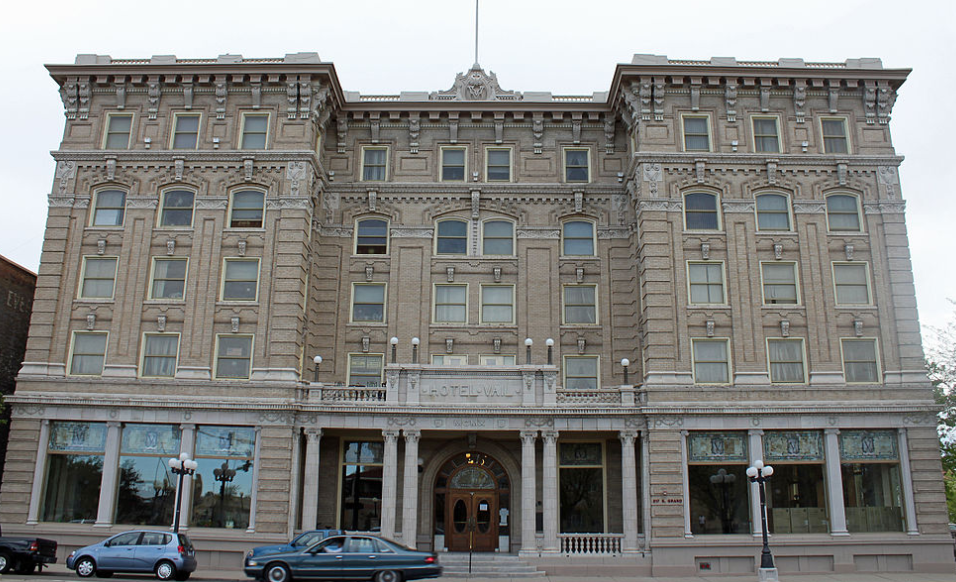
Story
A Historic Survey
Recognizing Some of Pueblo's Oldest Buildings
Construction and renovation in a historic area is a tricky game of compromise between preserving the original historic buildings and accommodating a city’s twenty-first-century needs. But those two aspects of a historic downtown don’t always have to be at odds. The recognition and celebration of historic buildings is becoming more and more common around the country, including right here in Colorado. Many towns—Golden, Florence, and Salida among them—have incorporated their downtown areas into historic districts to celebrate their heritage and promote the local economy.
But the first and most crucial step is to know the buildings’ history.
Pueblo is one of the oldest cities in Colorado. It was founded in 1870, and in fact will be celebrating its 150th anniversary in 2020. For decades it was Colorado’s second largest city, rivaled in population and economic force only by Denver.
As a result, Pueblo’s downtown area has a rich array of historic buildings, many of them built in 1910 or earlier—and most are still in use today, as the storefronts of many of Pueblo’s most popular local businesses and restaurants. But some of these buildings’ histories go untold or completely unknown to the general public, and even to the people who live or work in them.
Pueblo is striving to change that.
The City of Pueblo is currently working on phase two of a Downtown Historic Survey project, which aims to catalog the buildings of downtown Pueblo and compile their histories into a larger narrative.
The project began several years ago, following talks about the possible demolition of some of Pueblo’s oldest buildings, according to Alan Lamberg. “The commissioners at the time asked staff what they could do to encourage preservation of downtown buildings,” he explains. “The main idea was to produce this survey, and the narrative context of downtown.”
Lamberg is a senior city planner with the Office of Planning & Community Development in Pueblo, and he’s one of the main individuals facilitating the Historic Downtown Project.
The project “is an opportunity to educate the public, the property owners, and the businesses that occupy these buildings, about the history of these places,” he says. “The history of the architecture, and of the people who came before them. To use these histories to market and promote these buildings, which could help stimulate economic development and revitalization.”
]The current survey is phase two of a larger project. The first phase is already complete, and it produced an eighty-page narrative that’s now available for free online for anyone with an interest, including Pueblo business owners.
“Phase one was about the broad history and identifying the historic periods in general,” says Lamberg, “but we want to learn about the development of downtown as it developed from the entire town, to the center of the larger city of Pueblo. It will really hinge on the commercial narrative.”
Lamberg spoke about how this survey and the narratives it produces can be utilized by local businesses in promoting their shop or the building itself. He also highlighted what it could mean to both locals and visitors.

The Union Depot in downtown Pueblo was built in 1889. It’s one of the many original nineteenth-century buildings in the city.
“When people go shopping, or go to a restaurant, they like to have that sense of place, that sense of identity and history,” he says. “That plays a part in their decision to go there.”
“There’s a lot of history and heritage here,” agrees Margaret Ward-Masias, the executive director of the Pueblo Downtown Association. “For people who are at all interested in that sort of thing, there’s a lot they can learn about what happened in the area from that past.”
The Pueblo Downtown Association has long been involved in sharing the history of the area. Ward-Masias has for years written a history-focused column for the association’s monthly newsletter, in which she highlights historic buildings and businesses in the area. She has also developed multiple walking tours of downtown Pueblo to guide participants to notable buildings and teach a little about their history.
“I do think that history is important,” she says. “People who visit Pueblo and see that there are still lots of buildings here that were built in the 1800s…it’s impressive to them.”
Both Ward-Masias and Lamberg firmly believe that Pueblo’s history can be utilized to help its economy. Beyond bringing in tourists and sight-seers, historic buildings can be more attractive to businesses looking to rent or buy. And a historic district, according to Lamberg, can have an even greater effect.
While a historic district easily comes to mind when looking at this project, it is not the direct goal of the survey, which is to catalog and construct a contextual narrative to be used as a resource by the city and its citizens.
“We’re not saying that the downtown needs to have a historic district,” emphasizes Lamberg. “The initiative needs to come from the locals, from the public. This project is all about education, and serving as a resource for the public if they want to make that decision.”
Currently, the only historic district in downtown Pueblo is the Union Avenue Historic Business District, which covers 87 properties just north of the Arkansas River, including Pueblo’s famous Union Depot, built in 1889.

“There are more historic buildings north of [City Center Drive] than in the current historic district,” says Ward-Masias, “but they’re spread out!”
Alan Lamberg sees the number of historic buildings outside the district, and the distances between them, not as an obstacle but as an opportunity. “One day maybe we can see that here in Pueblo we have the largest historic district in Colorado,” he says. “But in order to justify that we have to learn about it, and get the facts.”
The Downtown Historic Survey project is just the first step. It only exists to gather the information, and make it available for businesses and citizens. The rest will be up to the population of Pueblo to decide.
Phase one of the survey is currently available for free on the City of Pueblo’s website. Phase two will be likewise uploaded as soon as it’s created. There is also a survey where citizens of Pueblo can express their thoughts on the project, and what they envision it can lead to.
“The more we hear from the people, it helps us shape this project,” says Lamberg. “And to know what needs and interests we are addressing.”
More information and citizen participation can be found at Pueblo.us/2264

